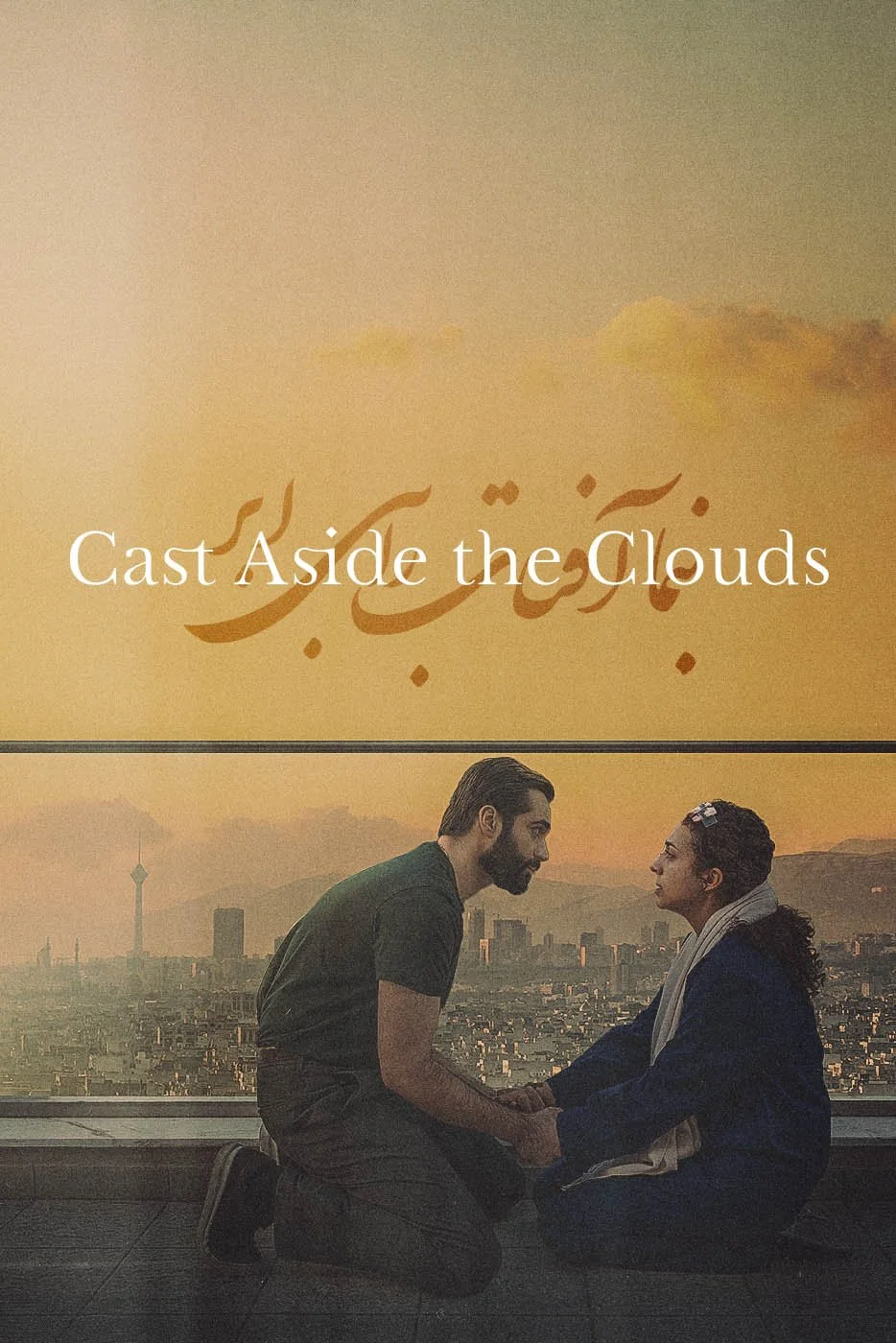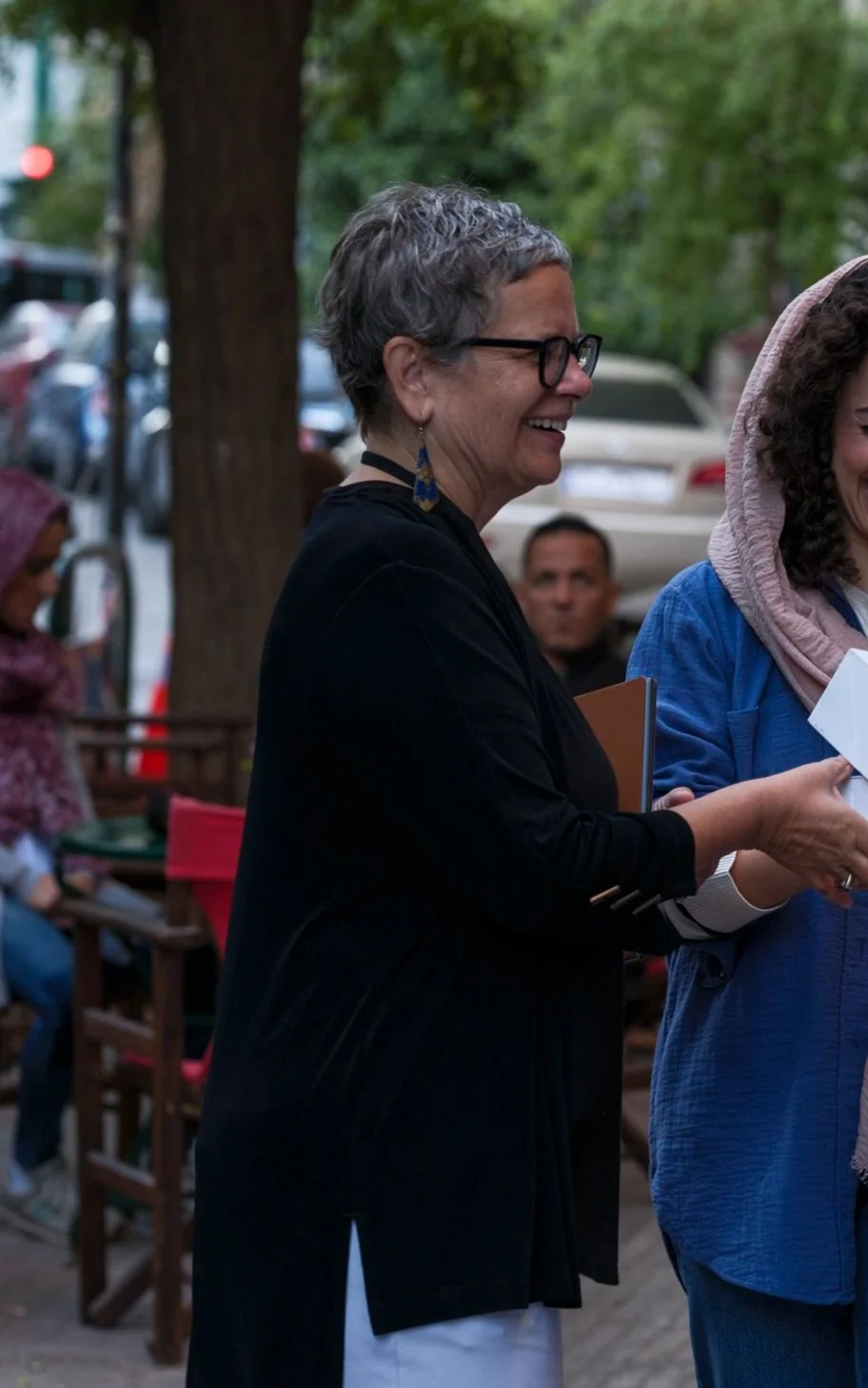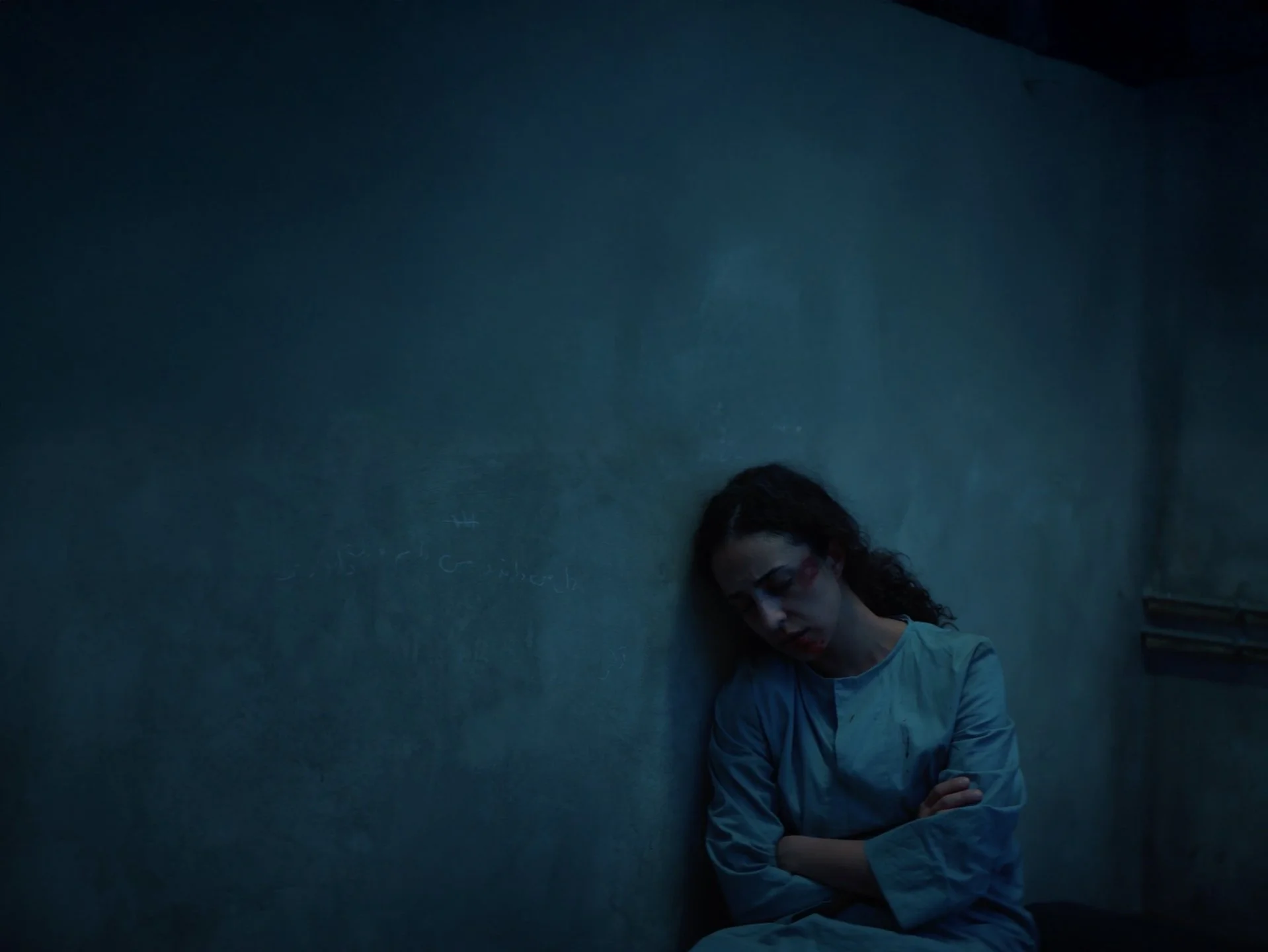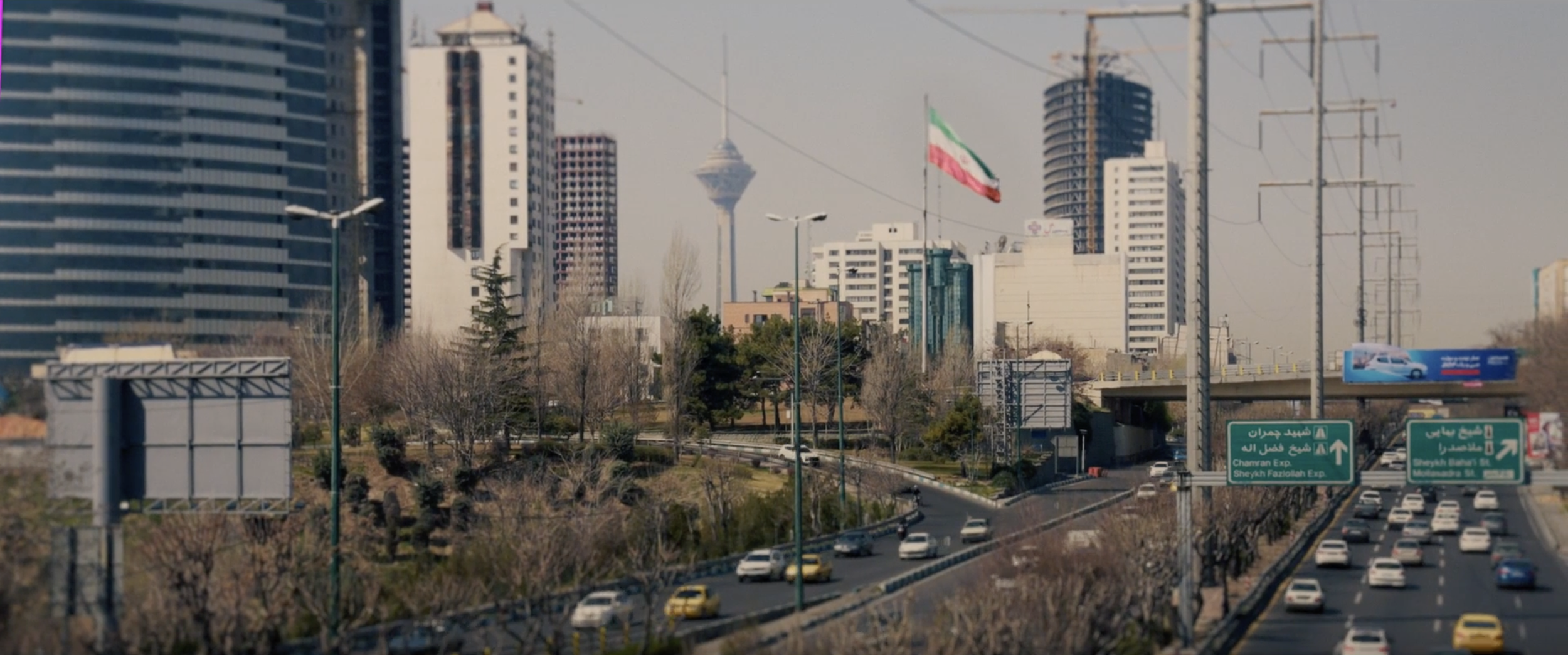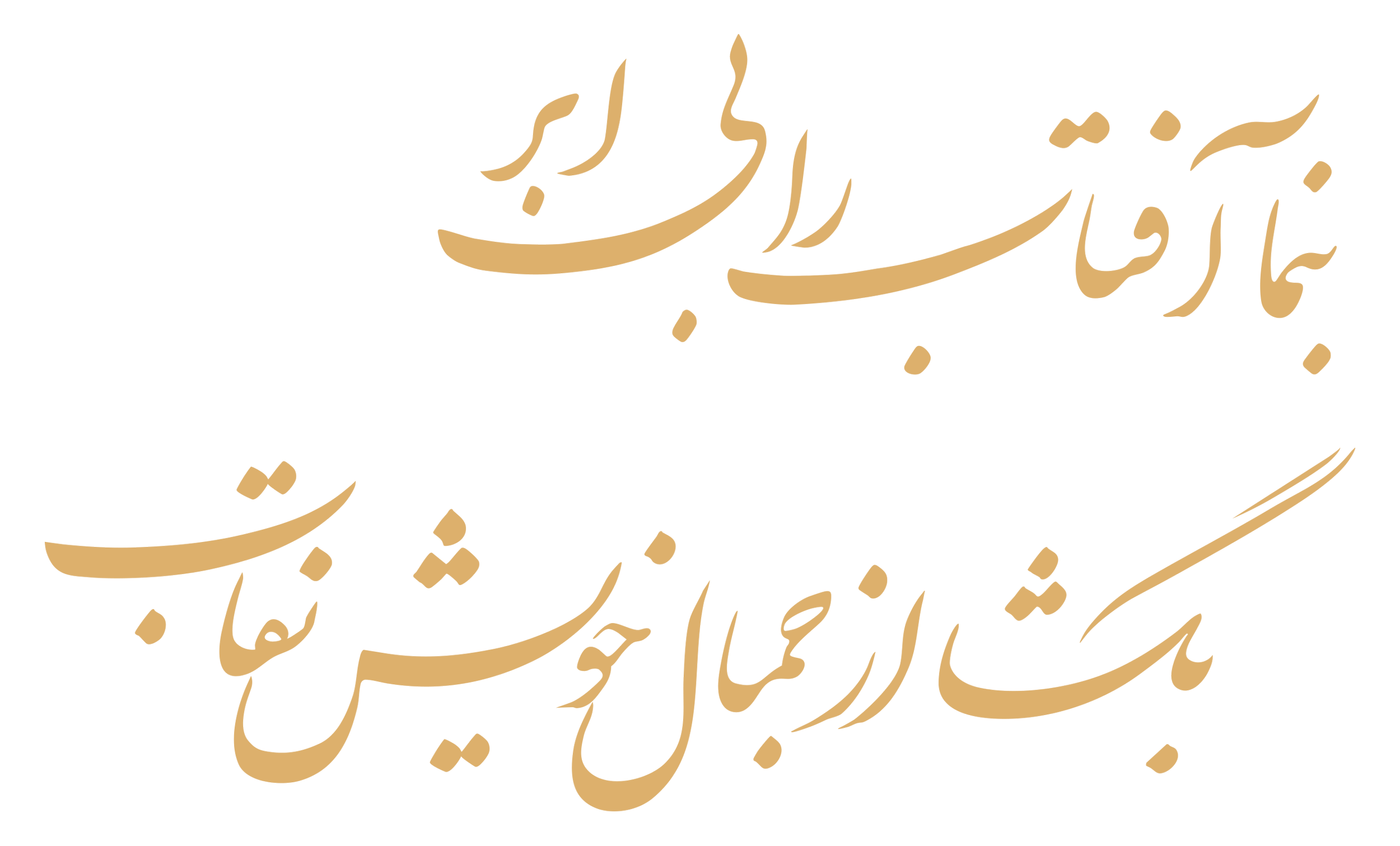What would you risk everything for?
In the shadows of persecution in modern-day Iran, a determined young Bahá’í woman and a secular Muslim doctor fall in love against all odds—risking imprisonment, betrayal, and heartbreak as they fight to define their truth in a society that forbids it.
Synopsis
Cast Aside the Clouds
Layla Khosravi, a determined young Bahá’í woman, has spent her life enduring quiet surveillance and systemic erasure. Her faith, though forbidden, is the source of her strength. When she crosses paths with Dr. Sasan Naderi—a secular neurologist whose beliefs have long been shaped by the state’s dominant narratives—their unexpected connection sparks a journey of shared reckoning.
Their love grows in secret, tested by government scrutiny, religious tension, and the silence demanded of those marked as outsiders. But when Layla is wrongfully imprisoned for her beliefs, Sasan is awakened to the depth of injustice around him. Her quiet courage challenges him to see his world through new eyes—and to stand beside her in defiance.
As they face family pressure, institutional cruelty, and the threat of exile, their bond deepens into something more than romance: it becomes an act of spiritual resistance. Refusing to flee, they remain in Iran—not in spite of the danger, but because love, truth, and visibility demand their presence.
Set in the textured heart of Tehran, Cast Aside the Clouds is a powerful exploration of love as a form of protest, and the courage it takes to be seen in a world built to erase you.
Director’s Statement
Mary Darling
This film began with a desire to explore the intersections of identity, belief, and belonging—especially in places where those stories are often overlooked. At its center is Layla, a Bahá’í woman, portrayed not as a symbol but as a whole human being. Her story echoes that of many who live with quiet courage in the shadows of repression.
For me, this film is personal. It reflects questions I carry and the stories I am excited to tell. With handheld cameras, natural light, and layered sound, we sought to capture both the tenderness and the tension of her world—the warmth of home contrasted with the coldness of institutions.
The world needs the arts—and storytelling in particular—to help us understand who we are and inspire who we might become. At its heart, “Cast Aside the Clouds” is an invitation to look more deeply at reality, not by simply accepting inherited beliefs, conforming to expectations, or blindly imitating traditions, cultures, or prejudices. Instead, it calls on reason, reflection, and consultation to seek truth for ourselves—an active, personal search that leads to deeper understanding and potential transformation.
That’s what Sasan is experiencing in our story.
Together with co-directors Bre Vader and Felicia Sobhani, we sought to bring to life a film that honors those who remain visible despite erasure, and are resilient in the face of intense pressure.
—Mary Darling
Literary Inspiration
Although Cast Aside the Clouds is an original story, it draws deep inspiration from the quiet defiance and spiritual clarity of Khatute Utab (Utab’s Memories), a novel by Persian author Rouhieh Fanaian, written in the wake of Iran’s 1979 Revolution. For a Bahá’í woman to write such a work—at a time when her faith, gender, and voice were under direct threat—was an act of uncommon courage.
Fanaian’s novel was never officially published in Iran. Instead, it survived underground—passed hand to hand, read in secret, and safeguarded by a community long denied the right to tell its own stories. In writing Utab’s Memories, Fanaian performed a radical act of cultural preservation: she spoke truth in a time of forced silence.
Today, decades later, the novel still circulates online in both Persian and English—a testament to its enduring power across generations and borders. Though our film is not a retelling, its emotional core is rooted in the same soil: the resilience of women, the dignity of faith under fire, and the belief that even the most silenced stories will find their light.
Fanaian’s work reminds us: stories endure not because they are permitted—but because they are necessary.

To choose faith over fear
When everything around you threatens your existence
Production Background
Cast Aside the Clouds was created with a sense of immediacy.
Every element was shaped to reflect the story’s emotional honesty and cultural integrity.
The production was a quiet act of resistance and reverence, bringing together an international team committed to centering untold narratives with care.
Handheld Camera Work & Naturalistic Performances
While traditional camera movements on dollies, tripods, cranes, and Steadicam shaped the broader storytelling with precision and control, handheld work allowed us to step directly into the scene with the actors—capturing their emotions up close, and connecting viewers to their inner lives with raw authenticity. This approach created a heightened sense of immediacy and emotional intimacy, while also encouraging grounded, naturalistic performances from our cast.
Real Footage from Tehran
Due to the political sensitivity of the film’s subject, we collaborated with a brave and anonymous filmmaker in Iran to capture real, on-the-ground footage from Tehran.
This footage, woven throughout the film, offers glimpses of the city’s overlooked beauty: its architecture, rituals, and rhythm of life. These scenes lend a tactile reality to the story and reflect the heart of a culture often misunderstood or misrepresented.
A Hybrid Score
The music bridges tradition and modernity, fusing Persian classical instruments with minimalist and jazz-inspired arrangements.
This hybrid score reflects the emotional dualities of the film—repression and freedom, fear and faith, fragility and strength—creating a resonant backdrop that deepens the film’s emotional pulse.
This all comes together in an original song titled “Cast Aside the Clouds” that was composed to play over the end credits.
Layered Sound Design
The sonic world of the film was crafted with care, blending the ambient hum of Tehran with subtle spiritual motifs, including whispered prayers and sacred chants.
Ambient sound, captured on the streets of Tehran during production, these recordings bring an immediacy and authenticity to the soundscape..
Through these creative choices, Cast Aside the Clouds honors those who live with resiliance and courage in the face of erasure—and invites us not only to witness, but to reflect on and challenge our own inherited ideologies.
Do you want to see Cast Aside the Clouds in your local theatre?
Tahirih’s Poetry
“Cast aside the clouds to show them
the sun in its full splendor
by removing the veils
from the beauty of your face.”
Táhirih Qurratu'l-'Ayn
This stanza felt deeply aligned with our film’s exploration of truth. As Táhirih calls us to “cast aside the clouds” and remove the veils that obscure the sun, our characters are challenged to let go of their own prejudices and assumptions.
The imagery of unveiling speaks to the heart of their journey: truth is not hidden, but obscured by what they carry. By setting aside these barriers, they discover they can explore the truth with greater clarity.


